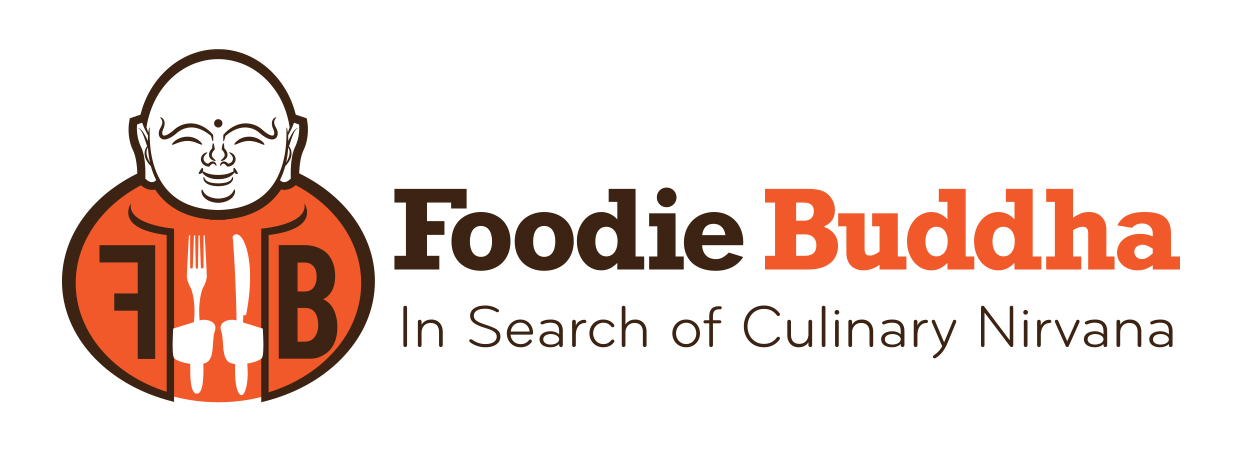
In case you missed it, I started a little series on here to try and cover all the strange and funky terms that seem to surface during Top Chef episodes. Last night’s episode of Top Chef: DC was pretty straightforward. Entitled “Power Lunch,” it focused on dishes one might find during a business lunch. It was hosted by the Palm Restaurant in DC … so yeah, whatever.
As very few of the people given face time had any clue whatsoever about food, terms like “good” and “salt” were in abundance. But yeah, we don’t want to get into the spoiler game … so let’s just leave it like that. Meanwhile, let’s chat about the ingredients … shall we?
From a ingredient perspective, the episode started off a dull as ditchwater. Thankfully, by the end, there were some cool ingredients being tossed around. In fact, mâche made an appearance, but we already covered that. The rest of the “Huh?” moments generally came from ingredients and not techniques … let’s explore!
Oh, and by the way, the phrase “There’s no crying in baseball” has been hijacked way too many times (general stare in Andrea’s direction).
Ingredients
Ballontine
In the case of last nights episode … it was a lobster ballontine. Surprise surprise … it’s a French dish. To summarize, it’s basically a stuffed piece of meat, fish, etc. In the case of a ballontine, it’s roasted or braised. You may also hear galantine … which is usually poached. Stuffing includes anything from bread crumbs to more proteins …
Beurre blanc
Hot Butter + reduced white wine and/or vinegar + shallots. Then add in some cold butter to prevent separation. There are some modifications, but that’s just about it.
Black Forbidden Rice
Forbidden Rice is black rice … thus making the term black forbidden rice another one of those dumb linguistic anomalies (see: olive tapenade). It supposedly derived it’s name from the idea that it was only eaten by China’s royal family back in the day. Some company somewhere actually trademarked the name … I forget who … but i’m sure a google search would tell ya.
Canapé
A canapé is essentially just a little piece of finger food. It’s commonly used as an amuse-bouche … aka single bite appetizer.
Cloche
A cloche is that bell-shaped cover for a plate of food.
Concassé
Holy hell … I swear there are other types of food besides French. If you’ve rough chopped anything … you basically got yourself some concasse. Tomato concasse is probably the most prevalent type (why?beats the fudge out of me). Any who, peel and seed your tomato … then chop it. So yeah, it’s a little more delicate than that, but you get the idea. For further reading … this article is a pretty good start.
Confit
You’ve heard of duck confit … right? Many people assume that confit means a dish has been soaked in a substance of some sort in order to infuse flavor. It’s actually a bit more complicated than that. You see, confit is also a method of preservation. In the case of duck confit, the duck is rubbed with things like salt and garlic, covered, and then refrigerated. This helps to preserve the duck. Once the cooking process is underway, rendered fat becomes a key element of that type of confit.
Demi-glace
Demi-glace is a brown sauce used in French food. It’s made from espagnole sauce and veal stock (there are exceptions). Espagnole sauce is one of the core sauces of French cooking (aka a mother sauce). It’s a reduction that includes veal stock as well.
Endive
Endive is another one of those funky salad green thingamajiggies. There are several variations with two predominant types. The curly type is called frisée and the wide type is called escarloe, which is a little more muted in flavor.
Fricassée
Fricassee = stewed meat dish … done! (oh … it’s also a verb meaning the act of making said stew).
 Pommes parisienne
Pommes parisienne
So you know those really tiny scoops? They’re called parisienne scoops (pictured at right). You probably know them as melon ballers. Well, you take your tater, ball it … and shot call it! Recipe here.
Rissole
Take a croquette wrapped in breadcrumbs or a pastry, put something in it that’s either particularly sweet or notably savory … and boom. Oh yeah, you gotta bake or deep fry it.
Roulade
Are there any techniques other than French ones used on this damn show? In its simplest form, a roulade is a big hunk of sliced meat filled with something. It’s then browned, covered with a stock or wine and cooked some more. You then slice that puppy and serve it up.
Tapenade
Round here … it’s almost always called olive tapenade. A totally redundant term, a tapenade is a finely chopped (or puréed) mixture of olives, anchovies, capers and olive oil.
—
See, this stuff isn’t so hard! Okay gang, that wraps up this week’s “What Ingredient Was That?” I hope you found this post useful; please feel free to ask about other things or expand on what I’ve said down below in the comments!


2 comments Write a comment